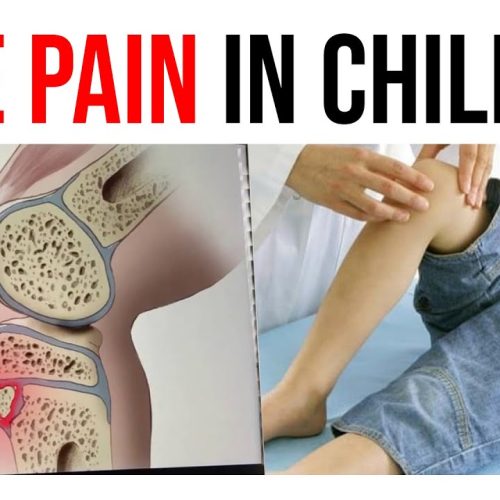A thoracic herniated disc occurs when the gel-like material inside the disc in the middle of the vertebrae pushes through a weakened area of the outer ring. This condition can cause severe pain and discomfort and may require medical intervention to alleviate symptoms and promote healing.
The treatment of a thoracic herniated disc typically begins with conservative measures such as rest, physical therapy, and pain medications. Resting allows the body to heal naturally, while physical therapy helps strengthen the surrounding muscles and improve flexibility. Pain medications, including nonsteroidal anti-inflammatory drugs (NSAIDs) and muscle relaxants, can be prescribed to manage pain and reduce inflammation.
If conservative treatments are not effective in relieving symptoms, more invasive procedures may be considered. Epidural steroid injections may be used to deliver anti-inflammatory medication directly into the affected area, reducing pain and inflammation. In some cases, spinal manipulation or traction may be recommended to relieve pressure on the affected disc and promote healing.
Surgery is considered a last resort for a thoracic herniated disc. However, if symptoms persist or worsen despite conservative treatments, surgical intervention may be necessary. The type of surgery performed depends on the specific location and severity of the herniated disc. Common surgical procedures include discectomy, laminectomy, or spinal fusion.
Discectomy involves removing the portion of the herniated disc that is causing pressure and pain. Laminectomy involves removing part of the vertebrae’s arch to relieve pressure on the spinal cord or nerves. Spinal fusion is a procedure where two or more vertebrae are fused together to stabilize the spine.
After surgery, rehabilitation and physical therapy are essential for a successful recovery. These therapies help restore strength and function to the affected area and prevent future disc herniation. It is important to follow post-operative instructions carefully and attend all recommended follow-up appointments to ensure optimal healing and recovery.
Overall, the treatment of a thoracic herniated disc involves a combination of conservative measures, minimally invasive procedures, or surgery, depending on the severity of symptoms and the individual’s response to treatment. Consulting with a medical professional is crucial in determining the best course of action for each patient.
What does a herniated disc in thoracic feel like?
The symptoms of a herniated disc in the thoracic area usually include: Pain that travels around the body and into one or both legs. Numbness or tingling in areas of one or both legs. Muscle weakness in certain muscles of one or both legs.
How painful is a thoracic herniated disc?
The majority of the thoracic disc herniation is asymptomatic, or the patient presents with nonspecific symptoms like chest wall pain, epigastric pain, upper extremity pain, and sometimes, a pain in the groin or the lower extremity.
How do you treat a herniated disc in the thoracic spine?
Treatments. Most often, thoracic disc herniation is treated with bed rest and pain medication. However, surgery may be recommended if the condition doesn’t respond to conservative treatment or if the disc is impinging on the spinal cord and causing symptoms or signs of spinal cord dysfunction.
What does a thoracic disc herniation feel like?
Symptoms of a herniated thoracic disc may include: Radiculopathy: Pain in the mid-back, which may wrap around the chest. Myelopathy: Difficulty walking, progressive weakness, numbness in the lower extremities, and occasionally bowel dysfunction.
Is lumbar discectomy major surgery?
Yes, a diskectomy can be a major surgery. But there are a few minimally invasive surgical approaches that are less major than an open diskectomy in terms of the days you spend in a hospital recovering.
What is the downside of minimally invasive spine surgery?
The risks of minimally invasive spine surgery include: Infection. Excess bleeding. Pain at the graft site.
What is the prognosis for a lumbar discectomy?
What are the results? Good results are achieved in 80 to 90% of patients treated with lumbar discectomy [2,3]. In a study that compared surgery and nonsurgical treatment for herniated discs, the outcomes were [2]: People with leg pain (sciatica) benefit more from surgery than those with back pain.
What is the success rate of minimally invasive spine surgery?
Overall, minimally invasive spinal surgery has a success rate of around 90 percent.


